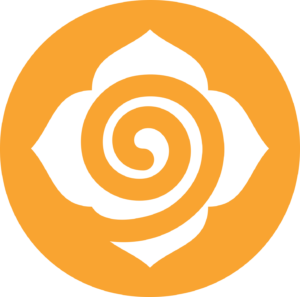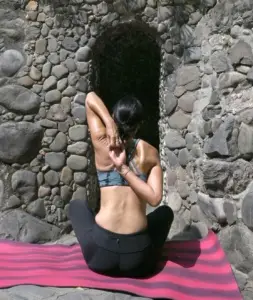
Mindful-based practices can play a crucial role in rehabilitation by promoting healing, restoring mobility, and enhancing overall well-being. Whether recovering from surgery, injury, or illness, mindful practices offer gentle yet effective techniques to rebuild strength, improve flexibility, and cultivate mental resilience. This holistic approach addresses physical rehabilitation alongside emotional and mental recovery, supporting individuals in reclaiming their health and vitality.
Benefits of Rehabilitation Therapy:
Considerations before Starting:
Mindful Poses and Practices for Rehabilitation:
Breathing Exercises for Rehabilitation:
Mindful Practice for Rehabilitation:
Summary with Tips:
Mindful-based practices for rehabilitation offer a holistic approach to healing, integrating physical, mental, and emotional well-being. By incorporating gentle mindful poses, breathing exercises, and meditation practices into your routine, you can support recovery, improve mobility, and cultivate resilience during the rehabilitation process.

GoInwards is an IRS 501(c)(3) Non-Governmental Organization (NGO), chartered to advance wellness through integrative health related awareness, prevention, intervention, and resilience-based educational programs.
FEIN 90-0609802